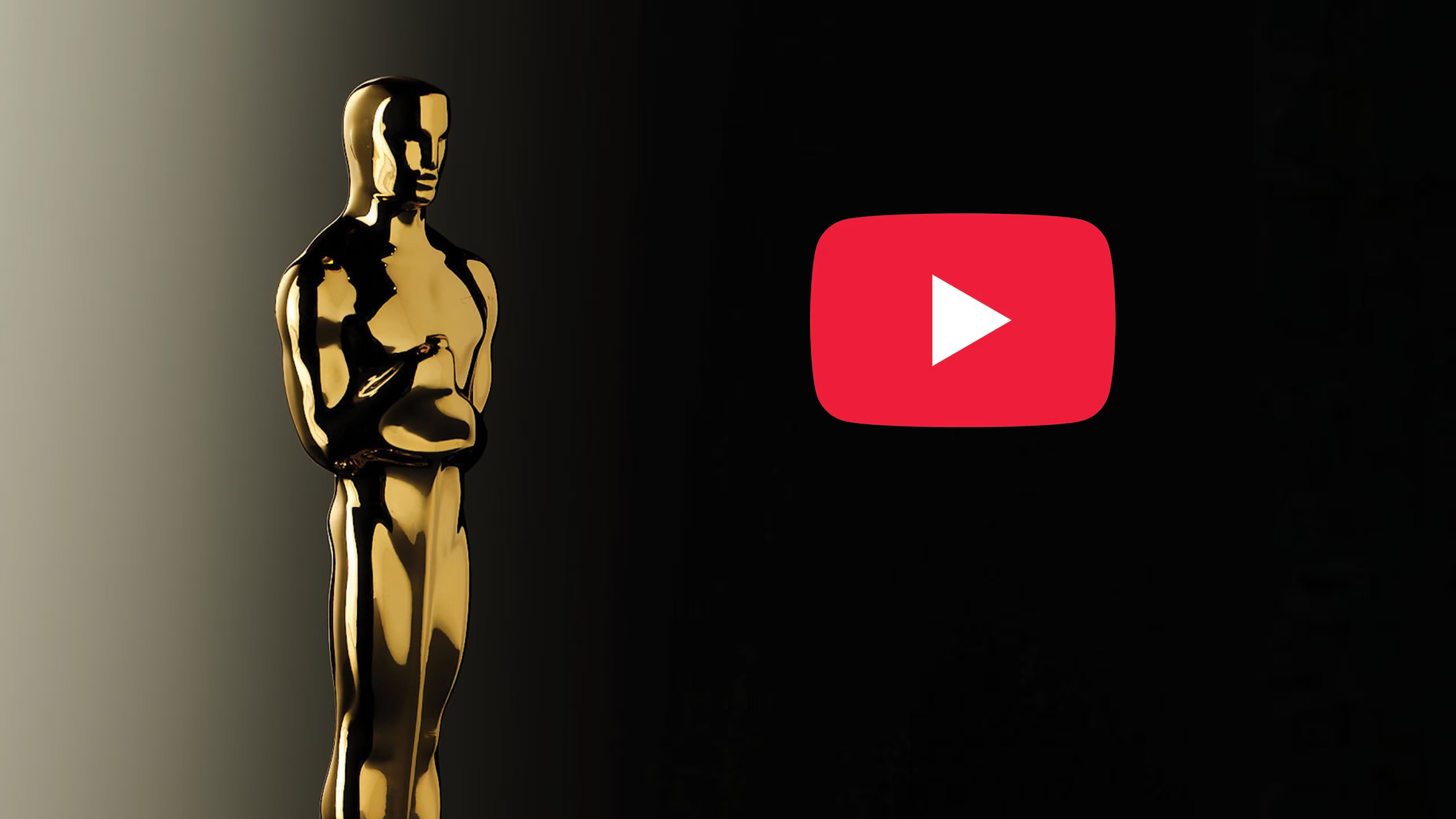Cautious Optimism
Tom Butts is the Editor in Chief of TV Technology.
With almost two decades of NAB Shows under my belt, I thought I had learned all there was to know about navigating and surviving the madness that is the annual spring event. But sometimes it's the littlest things that can make the biggest impact on one's enjoyment of the event, not the least is one's comfort. More about that later.
Attendance at this year's show was up approximately 5 percent, with international attendance up as well. But more important than mere numbers was the attitude among visitors; wallets were open after several lean years and the general attitude was one of cautious optimism. Two years after the end of the digital transition and one year after the 3D hypefest, attendees seemed to be focused more on the business of managing and maximizing the value of their assets.
Amidst all the optimism on the exhibit floor, a certain amount of angst was evident in the meeting rooms and session halls. Tempers flared as broadcasters voiced their anger over what is, for some an uncertain future as the FCC moves forward with its National Broadband Plan.
Whereas in year's past, terms such as "workflow" and "multiplatform" got the most ink, the definition of "voluntary" was on many attendees' minds; as in how "voluntary" is the plan to prompt broadcasters to give up spectrum for what the FCC terms as a "national crisis." And Chairman Genachowski certainly didn't make matters any better when he condescendingly described opponents' objections as "distractions." NAB President Gordon Smith seemed to invoke the first rule of the Hippocratic oath, "first, do no harm" in his keynote when he said, "We are in full battle mode to protect broadcasters from being forced to give up spectrum involuntarily. If a station simply can't make it and it volunteers to sell its spectrum, that's fine—as long as it doesn't harm another station that wants to stay in business and is excited about the future."
Staying excited about the future of broadcast was the job of Mobile DTV proponents at the show. The initial excitement and anticipation over the technology's promise has given way to a more determined and deliberate attempt to hammer out one (or several) business models. Unfortunately, there was little, if any, progress on that front reported among Mobile DTV proponents at the show. With more than 75 stations now on the air in 32 markets, and the goal of reaching more than 77 million U.S. households within the next 12 months, the pressure is on to complete the necessary licensing agreements and—just as important, to expand the availability of consumer devices—to ensure Mobile DTV's success.
While nothing could compare to the 3D explosion on the floor last year, proponents of the technology nevertheless insisted that it was here to stay, especially if James Cameron has anything to say about it. At the show's opening, Cameron announced a joint venture with 3D camera pioneer Vince Pace to develop new 3D camera systems for production across film, television, sports and education. Among the goals of the CAMERON-Pace Group will be to develop technology to allow simultaneous 2D/3D production.
Other important items on broadcasters' wish list included audio loudness, as the industry responds to the latest Congressional mandate; "cloud" computing was also on the menu, although in an industry that requires near Six-Sigma perfection, broadcasters may wait a little longer to adopt the technology, as the reliability of the cloud has been tainted recently.
Perhaps, most importantly though, exhibitors seemed to be responding positively to broadcasters' desire to manage, preserve and monetize their most prized possession: their content. There was no shortage of new management options, from streamlining workflows to expanding multiplatform distribution options for mobile, VOD, and OTTP, to protecting assets via new storage options, including the emerging LTO-5 format. Those products and much, much more from the over 1,500 exhibitors—along with our annual STAR and Mario Awards—are detailed in this issue, Part II of our NAB wrapup.
And finally, comfort. When packing for the show, the most important item in your luggage is what you wear on your feet. Personally speaking, this year, I violated the first rule among long-time NAB veterans—I decided to break in a new pair of shoes at the show. To my amazement, my feet never complained and I ended up having one of the more comfortable shows in memory. I normally don't endorse commercial products in this space, but this time I'll make an exception: Bostonians rock!
The professional video industry's #1 source for news, trends and product and tech information. Sign up below.
